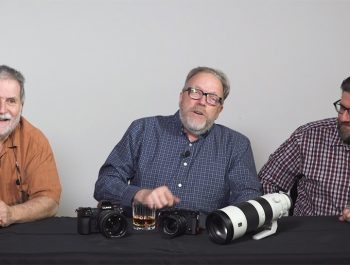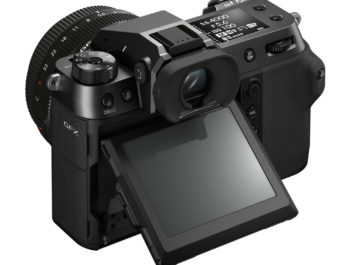Fujifilm X-Pro2 – Having Fun
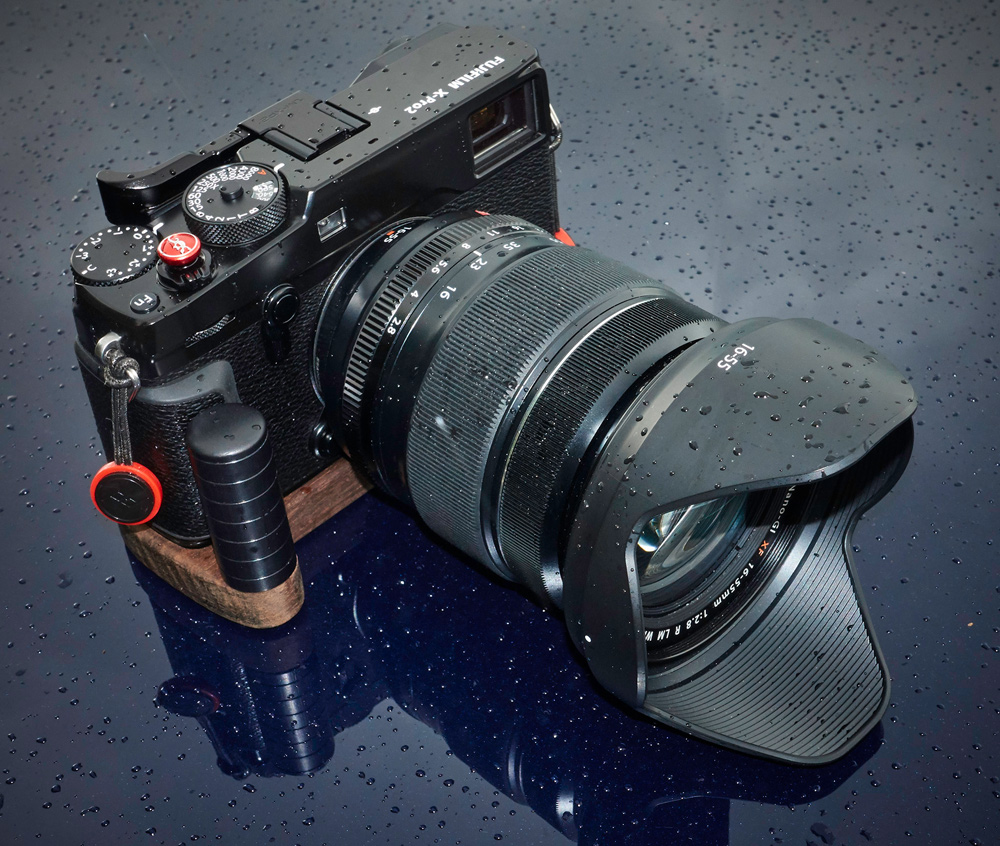
Publishers Note: The new Fuji X-Pro3 is on its way. I thought I would take a minute and share my feeling about the Fuji X-Pro2. I have the X-Pro 3 on order and can’t wait to see what the enxt generation camera has in store.
All images in the article by Kevin Raber
I have been taking pictures since I was 12. That makes it 53 years now. Photography is my passion. I live and breathe it every day and I followed that passion from the first time I picked up a camera, and in time, made a successful career of it. Currently, I spend as much of myt time as I can taking pictures in addition to running this website and Rockhopper Workshops.
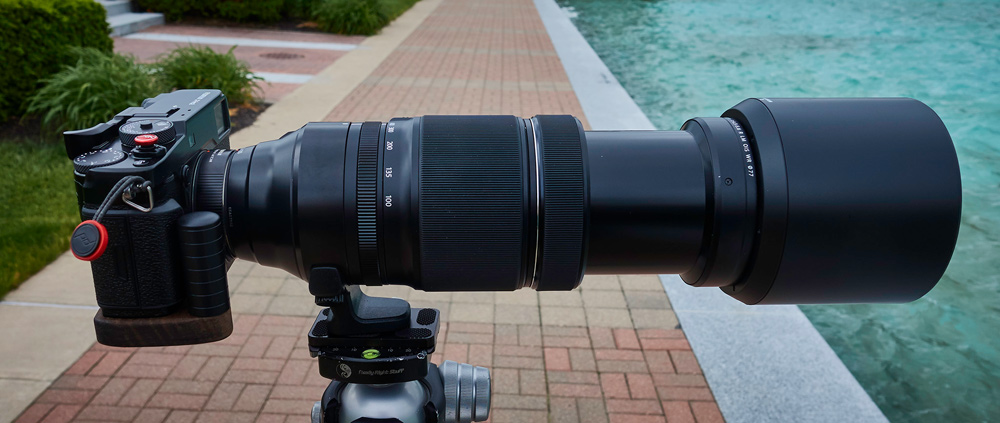
I have a lot of cameras. I have to be versatile in my work and I take a lot of photographs. You can see the cameras I use in the “About Me“ section of the site. For me, although I want a camera to be fun, more than anything else I want it to have great image quality (IQ). When Fujifilm introduced the X-Pro1 in 2012, I was really excited. Being an early adopter, I jumped on board and bought it with the three lenses available at that time.
I was a rangefinder lover. I grew up with Leica M cameras and loved the whole rangefinder experience. What Fujifilm had created was way ahead of Leica at the time, and the hybrid EVF was pure genius. The X-Trans chip was also a new direction, and many wondered whether it would work and become adopted by photographers and companies like Adobe and Phase One in regards to RAW processing. The JPEG quality from the X-Trans sensor was really good, but we wanted RAW file capability, and frankly, the Fuji Silky RAW software left a lot to be desired.

Converting RAW files from the X-Pro1 was not an easy process. It was not your standard Bayer pattern chip. It required all new code and a new approach by developers to write software for this camera. That was not something companies like Adobe and Phase One were ready to commit resources to, because they had no idea whether the camera would be popular. Well as it turns out, both companies did eventually add support to their RAW processors. The Phase One developers liked the files and the camera so much that a few of the software engineers purchased the camera and then made it a pet project to get the most out of the RAW files.
Over the last few years, Fujifilm has become widely recognized for its cameras and more so for its lens roadmap, lens quality and its commitment to the X-series line of cameras. This has included the frequent introduction of new cameras along the way. I eventually bought into the XT-1 line up and increased the number of lenses I own. At present, I have an X-T2, X-T3 and X-H1. I also have the new X-Pro 3 on order.
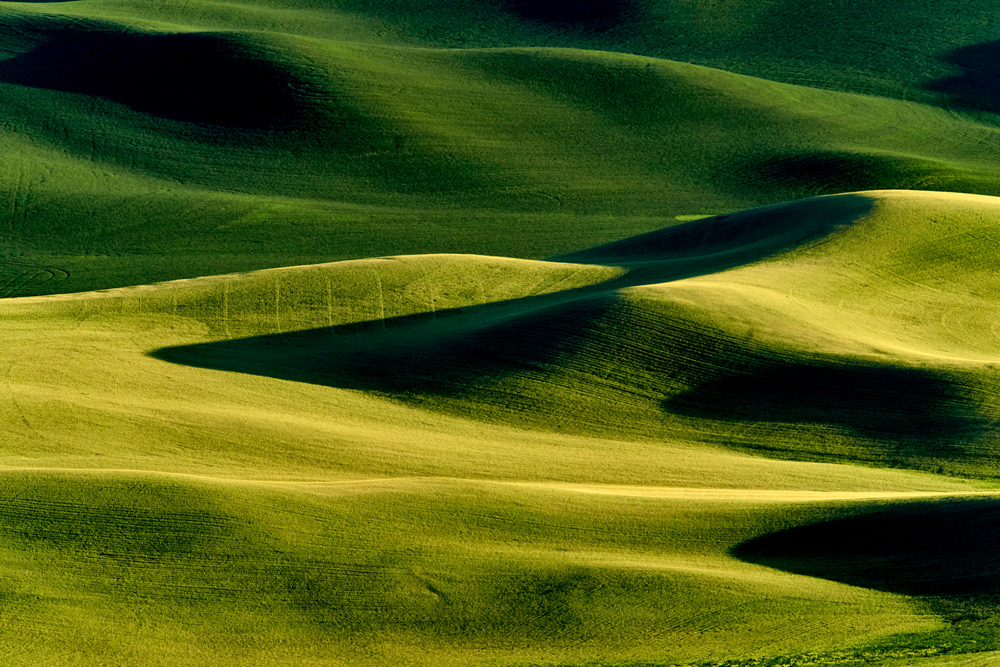
Perhaps with my being nostalgic, I like the feel of the cameras and easy ability to set camera settings in a way similar to those of the early cameras I used. The use of f/stop rings along with shutter speed dials and ISO setting was great. Furthermore, there was no P, A, T or M setting dial. By using a combination of A for auto–on dials and rings, you could replicate the same setting that was being used on other digital cameras.
It felt good to me and more important than anything else, I had fun taking photographs. A few years ago I retired my X-Pro1 and replaced it primarily with one of the two X-T1 and X-T2 and X-T3 bodies I had. The enhancements in these cameras, combined with their greater speed, unfortunately, forced my X-Pro1 into a more permanent position on my camera shelf (it has subsequently been sold).
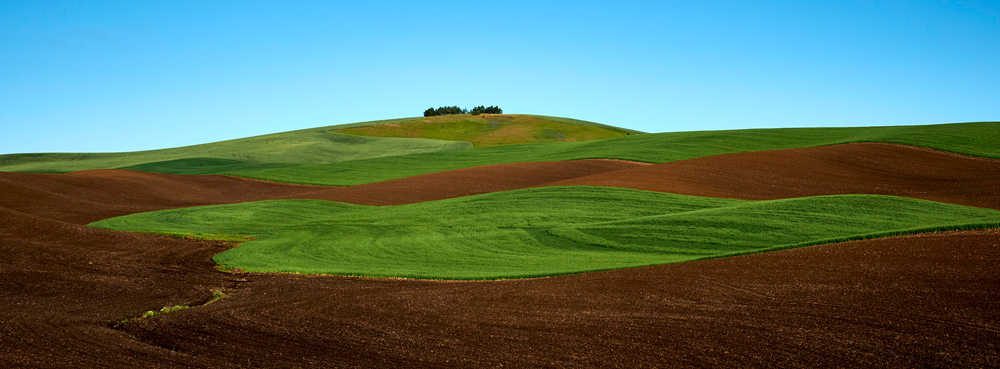
Fast forward to 2016 and the introduction of the new X-Pro2. When the X-Pro2 was announced, I put myself on the list and had one of the first cameras delivered. The increase in megapixels, faster AF–enhanced EVF, and focus joystick all got my attention. The first weekend I went out with the camera and I set it to shoot RAW and JPEG with the ACROS film effect. Wow did I have a blast! I visited a local farmers‘ market and had a great time photographing the people and produce. It was a great way to get used to the camera and how it handled.

Handling was excellent indeed. I found I was using the focus joystick to place the AF frame where I wanted, and the AF focused instantly. I was shooting with a variety of the lenses I had, as well as with the new 100-400mm. The 100-400 was incredible. Small and lightweight when you consider the full-frame equivalent and its image stabilization was excellent. I was hand–holding 400mm and 600mm equivalents that I could never have done before with my larger cameras.
I was loving the ACROS film simulation. The look of this film simulation plus the ability to add the yellow, green or red filter effects was totally awesome. The green filter offered some really nice effects for the skin. I used the red filter to darken skies in my shots. Plus, I had the RAW file that I could always use as a color image. I set my camera up to record RAWs on one card slot and JPEGs on the other card slot. Did I mention that there are now two card slots on the X-Pro2?
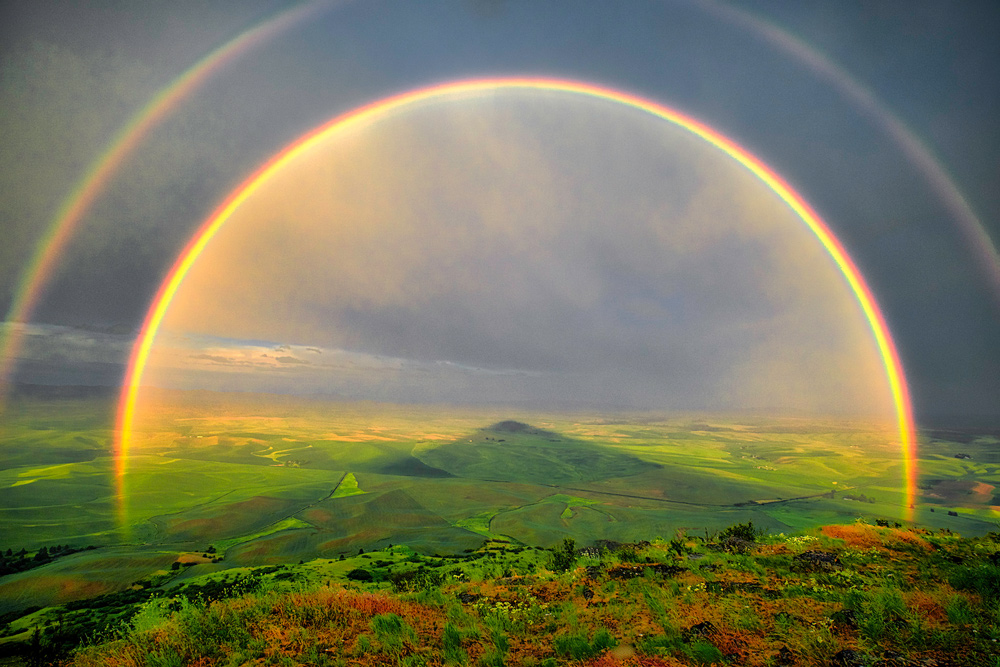
Over the coming weeks I “blinged“ the X-Pro 2 with some add–on accessories. I added the folding thumb rest and the soft-release button from Lensmate. This made a big difference in holding the camera and releasing the shutter. I highly recommend these two items.
I use two camera straps, interchangeable between all my cameras: the Blackrapid and Peak Design straps. The Blackrapid straps attach to the tripod screw of the camera. They make both an over–the–shoulder strap as well as a wrist strap, which I use. The over–the–shoulder strap allows for an easy cross-body carry and a quick grab–and–up–to–the–eye system. I love using this when I carry a big lens like the 100-400mm. The wrist strap is great for walking around town and doing street shooting. The camera can dangle from my wrist if I need to use both hands but I can grab it quickly bring it up to my eye in the blink of an eye. This is a great solution when doing street photography.
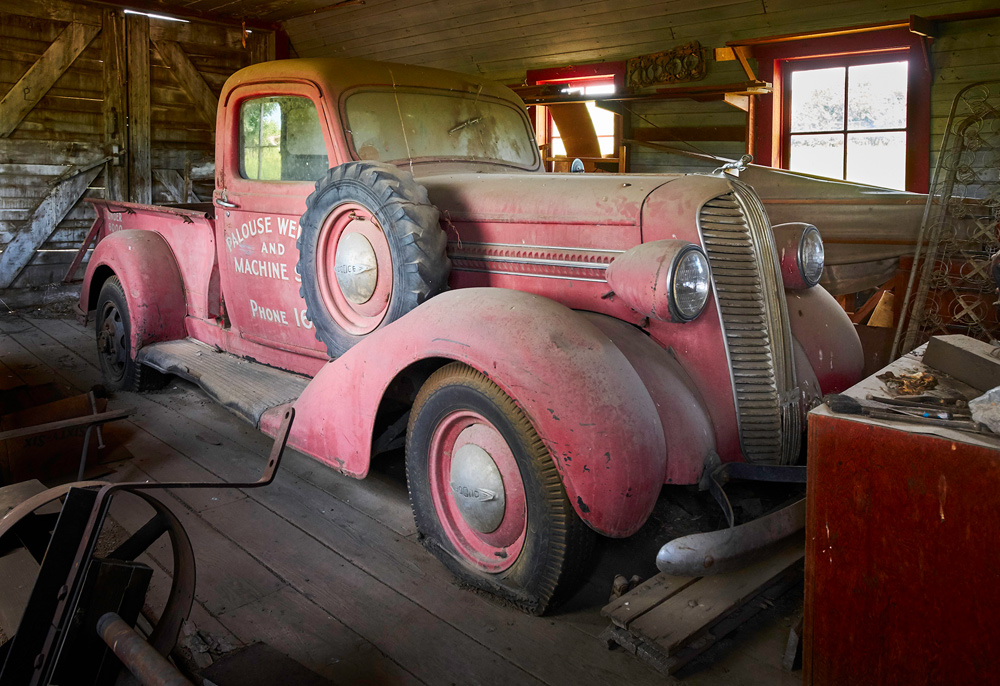
I also employ the Peak Design line of straps, which are modular too. You attach anchor links through the neck strap lugs on the camera. You can then attach different straps or wrist straps as needed. If you don’t want to use anything, then push the release and detach the strap. The anchor links stay attached. There are a variety of strap types, and I use the Slide Lite and Cuff. They have a great line up of other accessories too. I also have their Everyday Messenger bag. It’s a good bag for the street shooter, holds the camera and few lenses, and works well with the bigger Fujifilm lenses.
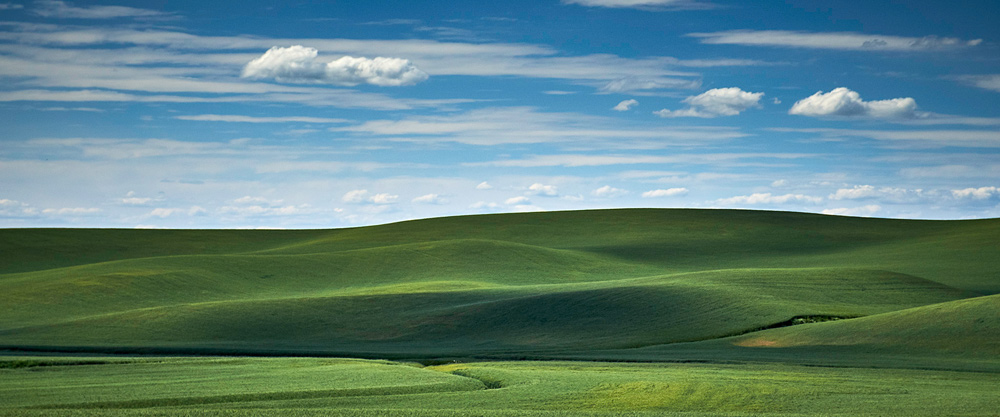
Planning My First Trip
PhotoXPL in partnership with Rockhopper Workshops offers numerous workshops worldwide, and I had a small private tour coming up in the Palouse. This is a region in Southeast Washington State. After having so much fun shooting the X-Pro2 around town, it was time to take it big time and shoot the Palouse workshop with the camera. I packed all my gear in one of my favorite camera backpacks, the Dakine Reload Photo Backpack 30L.
I have an article on this trip posted on my site if you want to see images and more. I packed the following items in the kit:
• 100-400mm
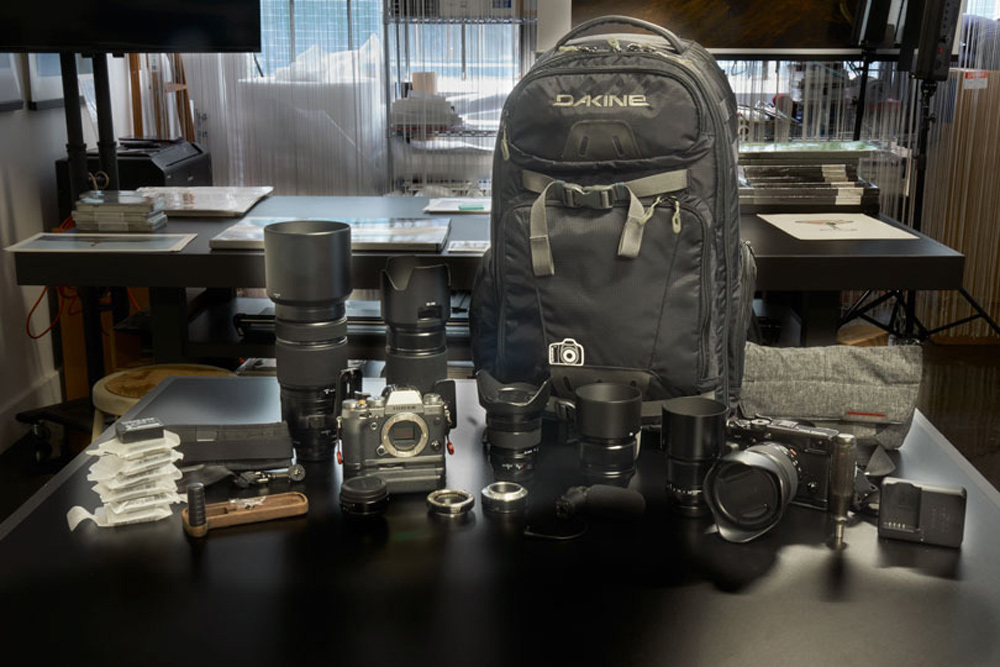
• 1.4 tele-extender for 50-140mm and 100-400mm
• 2x tele-extender for 50-140mm and 100-400mm
• Extension tubes for close up work
• 12 batteries
• 2 chargers
• Various SD cards (64 – 256 gig). I’ll work with two 64 gig cards in the camera
• Multi-tool and Allen wrench set (used for repairs or tightening things as needed)
• Ten lens cloths (for cleaning off dust or moisture)
• Black Rapid cross–shoulder strap and wrist strap
• Peak Design wrist and mid-size strap
Really Right Stuff 24L Tripod with BH55 Ball Head
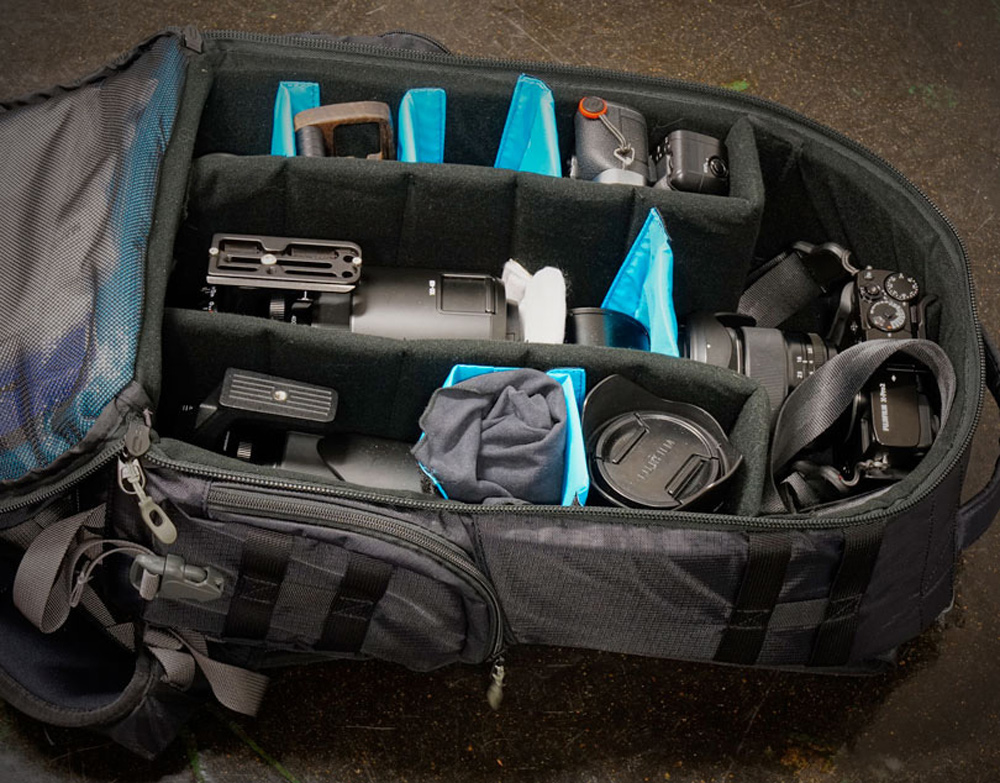
Working from the back of the car I could grab things quickly. Shooting in the Palouse is dusty, and there are no set locations. It was a drive followed by scoping out the scene and some light landscape photography. I loved how responsive the X-Pro2 felt and because I could trust the IS, I found I was shooting many of the images handheld.
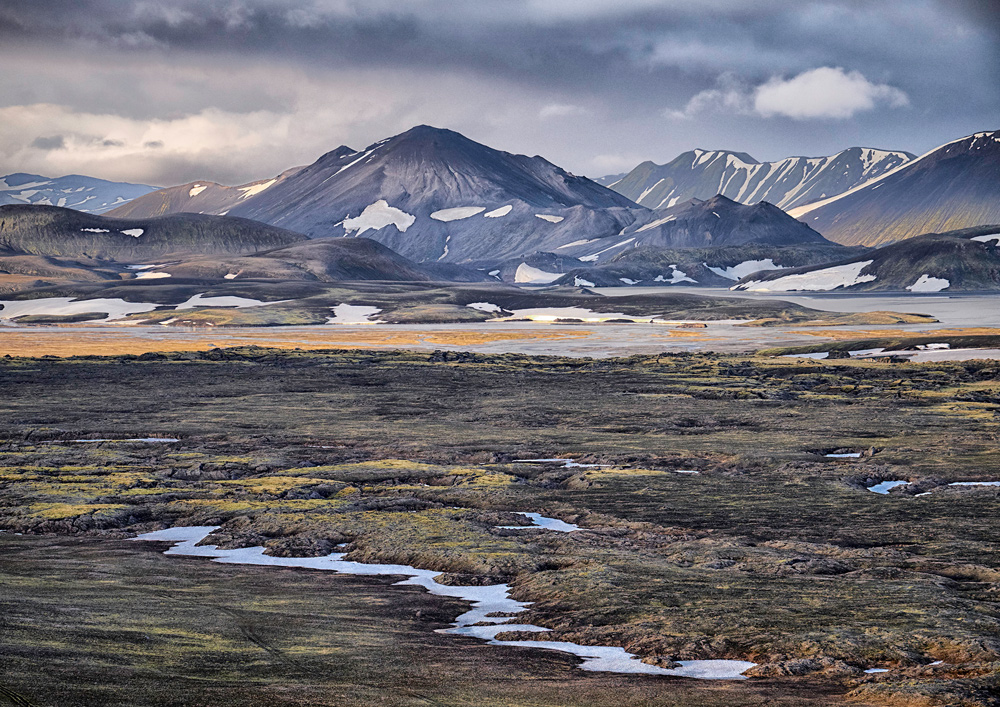
I process all my images using Capture One (C1) and love the way C1 handles the Fujifilm RAWs. Each night I would download the images and then pixel peep to see how the sharpness and exposures looked. The files were great. The dynamic range and colors was fantastic. On one evening we were heading up Step Toe Butte (a tall hill in the middle of this region) and there was a downpour on one side of the mountain and the sunset on the other. We passed several other workshops and sped to the top of the hill. There was no one else up there.
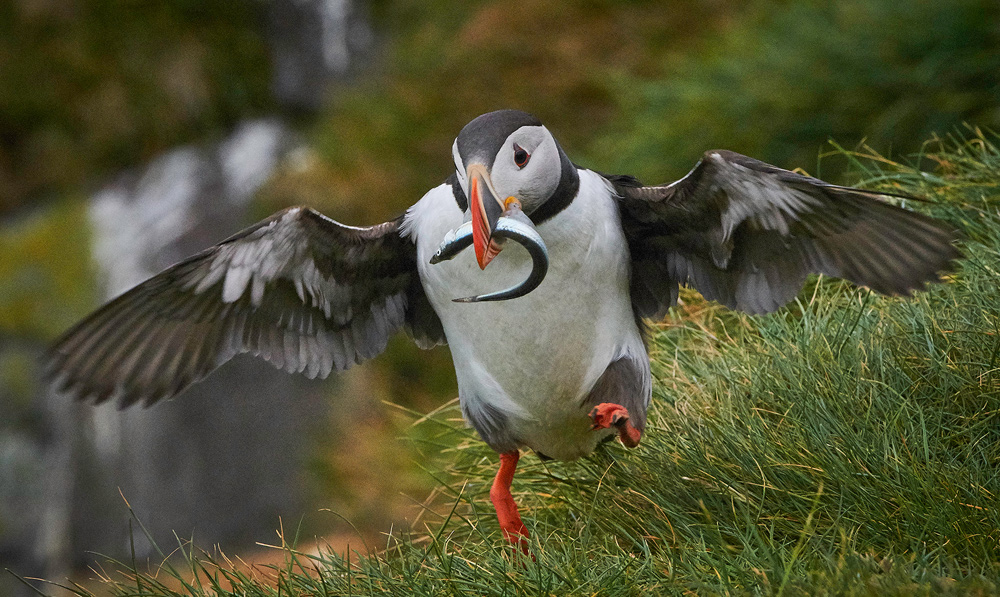
The wind was blowing the rain sideways, but there was a double rainbow and it was begging to be shot. I put on the 10-24mm lens, set it to 10mm and jumped out of the car. I composed and started shooting. I was set on aperture priority and I just started to shoot. I was careful to clean off the lens with a lens cloth repeatedly, and after a minute or so I had the shot I wanted. I was drenched, and the camera was soaking wet. But the weather sealing worked, and all was fine.
That was a decisive moment for me. I knew this camera was up to the task. I checked a few exposures and they looked really good. Despite lots of dust and rain, the X-Pro2 worked beautifully throughout the trip. With the lens selection I had brought with me, I could cover a range of 15mm – 1200mm (full-frame equivalent).
Off To Iceland
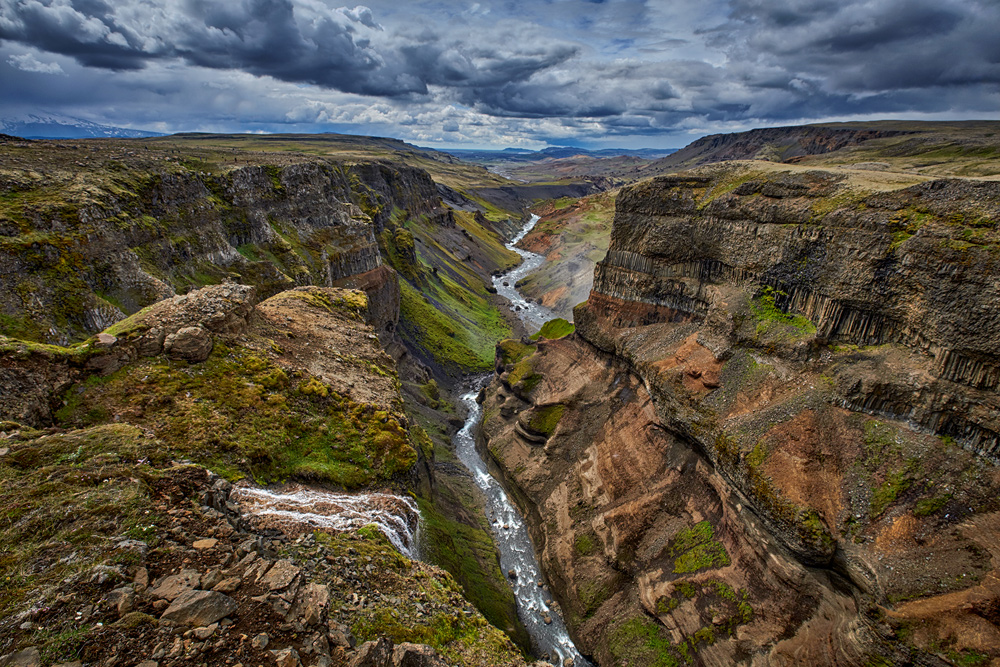
I was scheduled for another trip within a week of returning from the Palouse. It was time for Iceland, and I had a sold-out workshop with 14 people. I own two Tamrac backpacks, and the other pack was loaded with Sony A7rII gear and lenses, and that was what I thought I would shoot Iceland with. Well, I‘d had so much fun with the X-Pro2 in the Palouse that I decided I’d take the same setup to Iceland.
Once again I had a lot of fun shooting. The Iceland landscape is different in many ways, but I found the lens line up and capabilities of the X-Pro2 to be a perfect fit. One of my only criticisms of the camera is that there is no tilting rear screen. I like to do ground–level shots and the tilting screen on all my other cameras has spoiled me. I had to lie on the ground to compose a few images. I also did some images with neutral–density filters and long exposures. Once again the results were great.
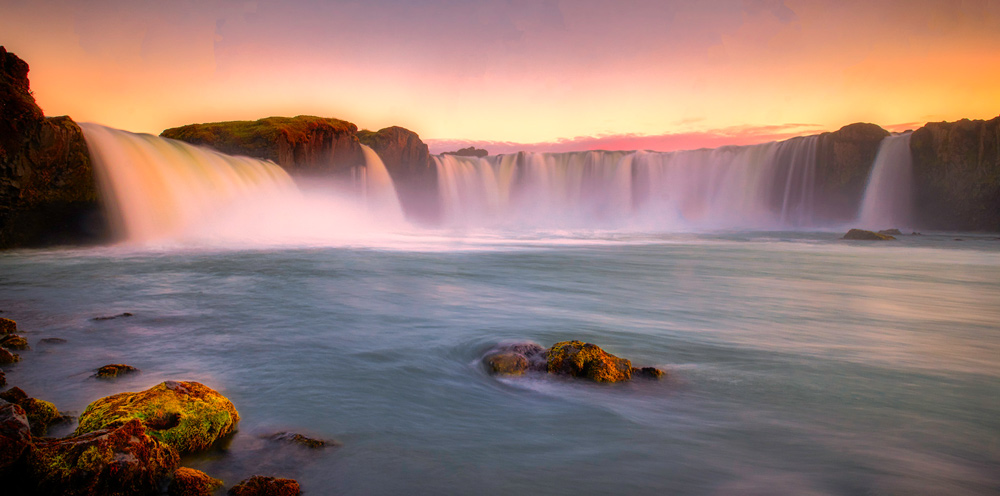
I am really satisfied with the X-Pro2. It performed like I expected and was very easy to use. No searching menus to adjust settings. For anything, I did need to change I used the “Q” menu, which was easy to customize. Setting up function buttons was straightforward too. I’ll give Fujifilm credit: it seems to understand what we as photographers are looking for.
Many photographers believe the X-Pro2 camera is a street photographer‘s camera. Don’t limit your possibilities though, because this camera works well in any environment, not just street shooting.
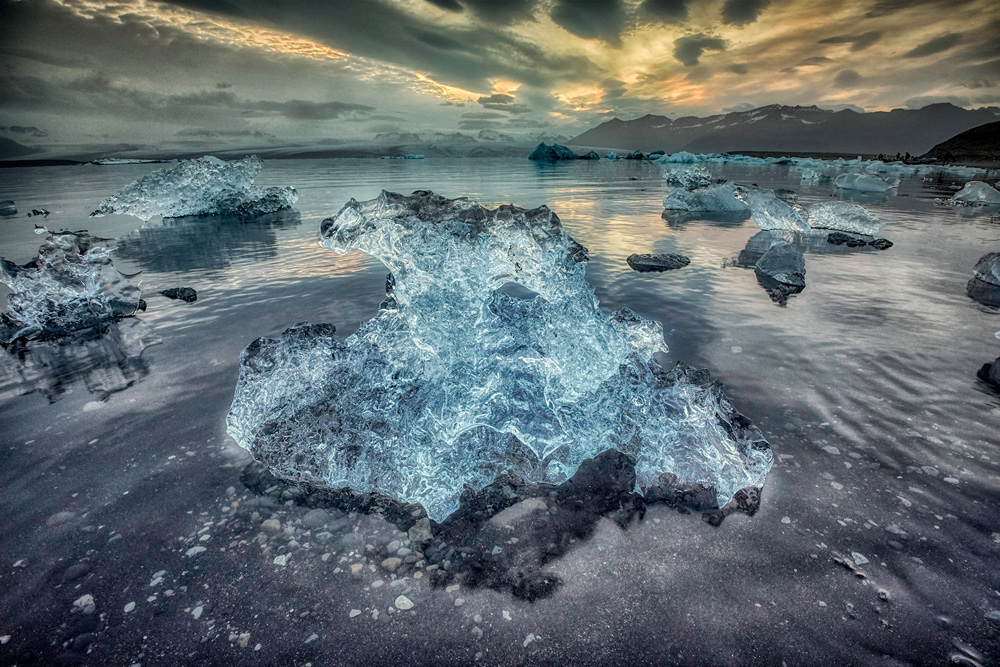
Like many of you, I am anxiously awaiting the X-Pro3 camera‘s release at the end of November. It will round out my Fujifilm system well. I’ll get this camera set up, start shooting with it right away and share my experiences, so stay tuned.
Kevin Raber
November 2019
Indianapolis, IN
Photography is my passion and has been for 50 plus years. My career in photography has allowed me to travel the world, meet some of the most interesting people on the planet and see things I could never have dreamed of. My goal is to share the passion of picture taking through photographs and teaching with as many people as I can, hoping it brings them as much joy and happiness as it has me. I do this through photoPXL.com, this site, as well as Rockhopper Workshops, and other projects, as well as teaching as Artist In Residence at the Indianapolis Art Center.







